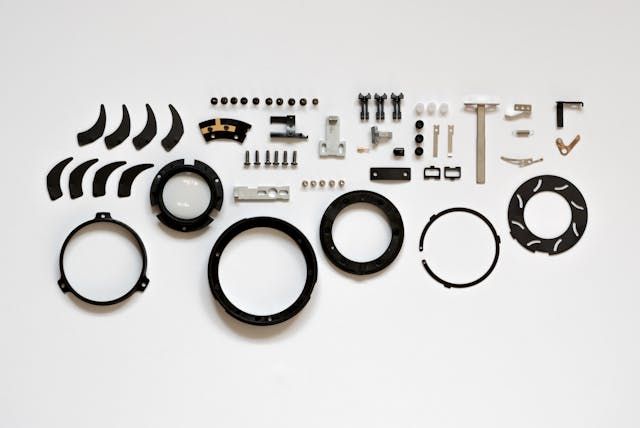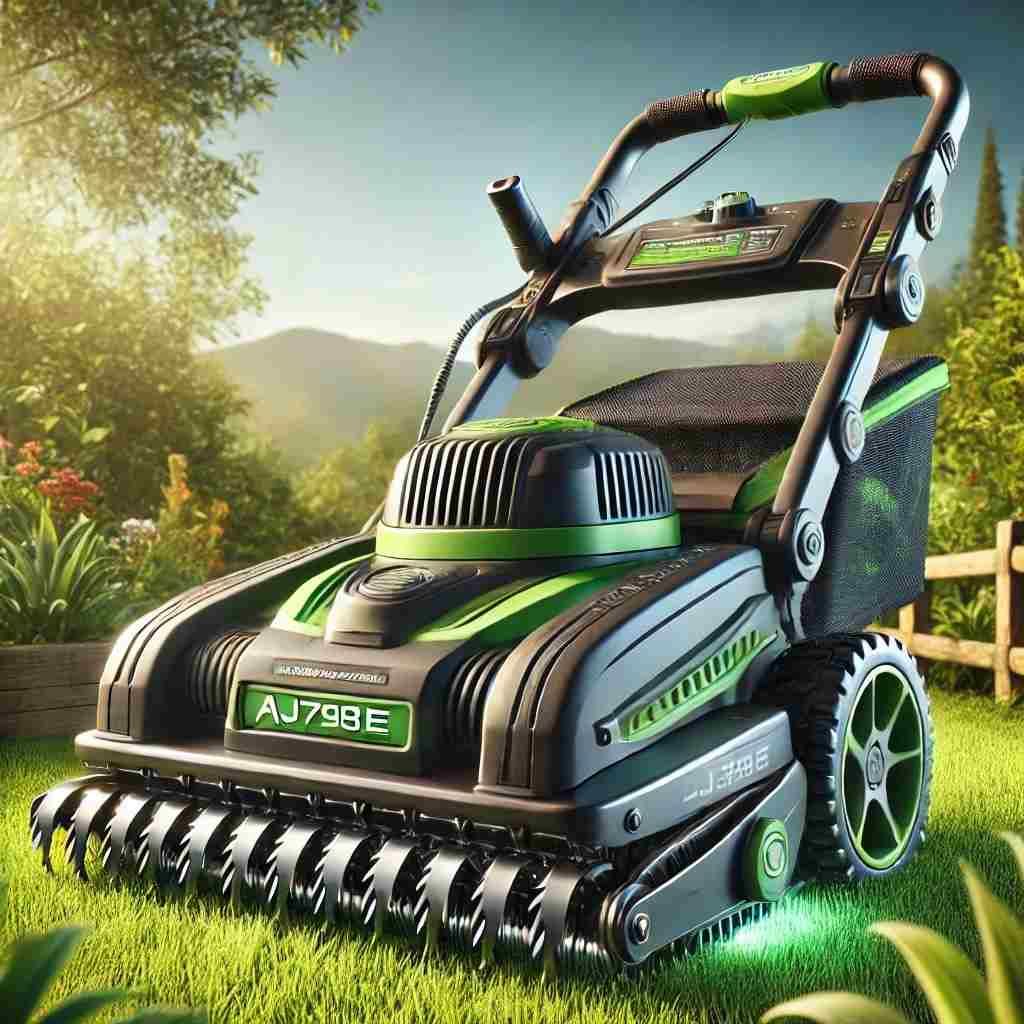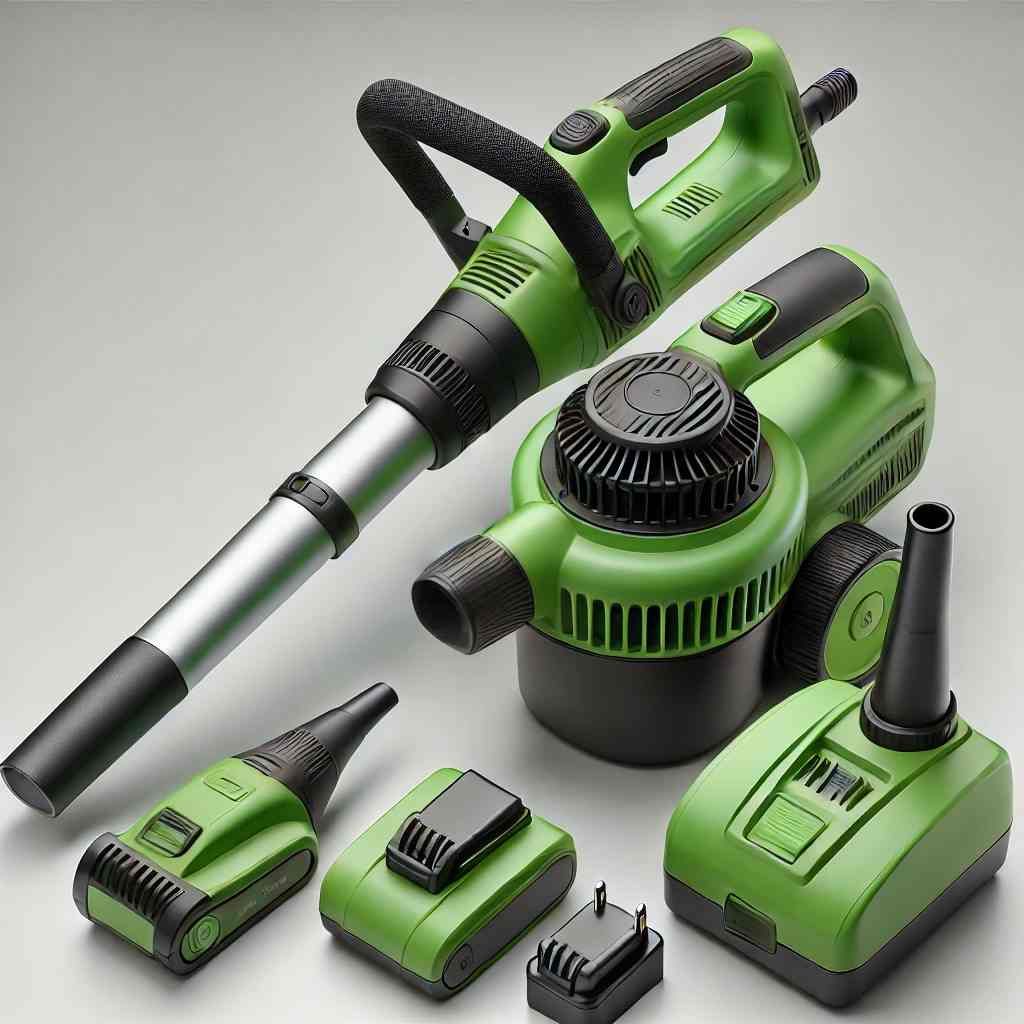DIY Lawn Mower Repair: Step-by-Step Instructions
By Zakir Hossain
Published: Dec 3, 2024
Share the post
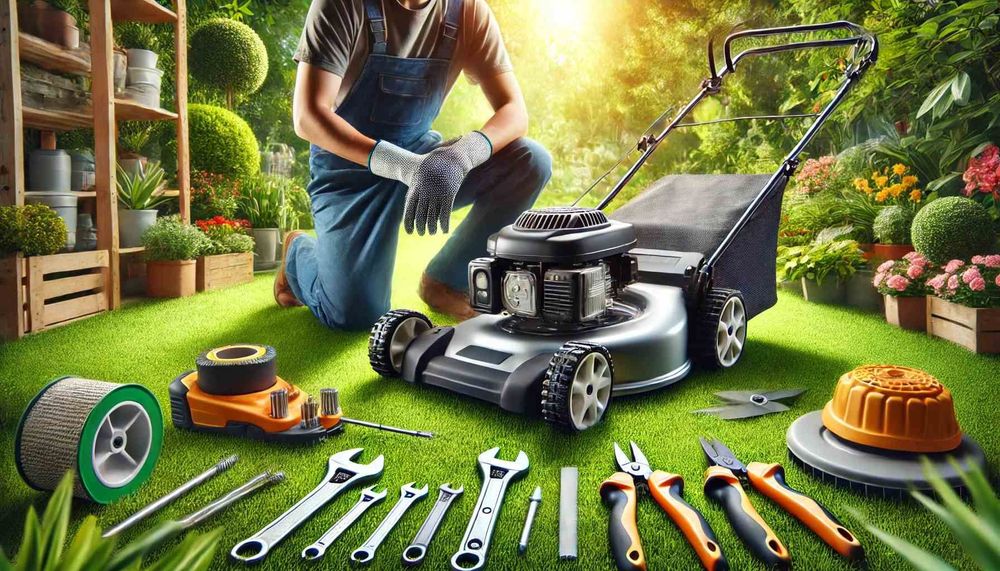
Table of contents
Introduction
An important piece of equipment for keeping a tidy and well-maintained lawn is a lawnmower. It may, however, eventually wear down and have performance problems, just like any other system. By knowing how to do basic do-it-yourself lawn mower repair, you may extend the life of your lawnmower and save money instead of shelling out a lot for expert repairs. In order to keep your lawnmower in top operating shape, we'll walk you through typical difficulties, explain how to troubleshoot them, and provide you step-by-step directions for resolving a variety of concerns.
Common Lawn Mower Problems
When it comes to lawn mower repair, some problems with lawn mowers happen more often than others. Some of these issues only happen with moving lawn mowers, while others can happen with both gas and electric mowers. Knowing these common mower problems will help you diagnose and fix it quickly.
1. The Mower Won’t Start
This is one of the most typical concerns that lawn mower owners have. The issue might be caused by a dead battery, blocked carburetor, or defective spark plug.
2. Uneven Cutting
If your lawnmower isn't cutting the grass evenly, it might be because the blades are dull, the deck isn't level, or the grass shoot is jammed.
3. Mower Stops Running After Starting
Often, this is due to problems getting fuel to the engine, an air filter that is jammed, or a broken fuel line.
4. Lawn Mower Belt Issues
The belt is a crucial element of the mower, and if it is torn or destroyed, the blades will cease rotating.
5. Lawn Mower Deck Damage
Debris, corrosion, and hits from rocks and other hard items may gradually wear down the mower deck.
6. Smoke or Oil Leaks
If your lawnmower is smoking, it might be because of a mechanical issue, an oil leak, or an overfilled oil reservoir.
Troubleshoot: Signs Your Lawn Mower Needs Repairs
Before diving into repairs, it's crucial to properly diagnose the problem. Here are some signs that indicate your lawn mower might need repairs:
-
Hard Starting: If your mower struggles to start or doesn’t start at all, it could point to problems with the spark plug, fuel, or air filter.
-
Reduced Performance: A mower that cuts unevenly or doesn’t cut grass as effectively as it used to might need its blade sharpened or its deck cleaned.
-
Strange Noises: Unusual noises during operation can signal a mechanical issue such as a loose part, broken belt, or faulty engine.
-
Oil Leaks or Smoke: If your mower is leaking oil or producing smoke, it’s time to investigate the engine and oil reservoir.
Proper troubleshooting is key to effective lawn mower repair. Identifying the specific issue will help you follow the right steps for a successful repair.
Essential Tools for Lawn Mower Repair
Before starting your DIY lawn mower repair, it’s important to have the right tools at hand. Here’s a list of essential tools for lawn mower repair:
-
Socket Set: For removing bolts and screws that hold parts together.
-
Screwdriver Set: For loosening and tightening screws.
-
Wrench Set: Useful for removing and replacing the blade or other parts.
-
Spark Plug Wrench: For removing and replacing spark plugs.
-
Lawn Mower Oil and Gasoline: Make sure to have the appropriate oil for your mower’s engine.
-
Replacement Parts: Such as air filters, belts, spark plugs, and blades.
-
Carburetor Cleaner: To clean clogged carburetors.
-
Safety Gear: Always wear gloves and eye protection when working with machinery.
With these tools, you’ll be ready to tackle a variety of lawn mower repair tasks.
Step-by-Step Guide to Lawn Mower Repair
In this section, we’ll break down step-by-step repair instructions for various common lawn mower issues. Let’s address some of the most frequent problems you may encounter with your mower:
1. How to Repair Lawn Mower Deck
A damaged mower deck can lead to poor cutting and even damage your lawn mower. Here’s how you can fix it:
-
Step 1: Disconnect the spark plug to avoid any accidental starts.
-
Step 2: Inspect the deck for visible cracks or holes.
-
Step 3: Clean the deck thoroughly using a brush to remove debris, dirt, and grass.
-
Step 4: If you find cracks, use a plastic or metal patching material to seal the damage.
-
Step 5: Check the deck height and adjust it using the deck height lever if it’s uneven.
-
Step 6: Lubricate the deck with a suitable lubricant to ensure smooth operation.
To understand clearly, please watch the video
2. How to Repair a Broken Lawn Mower Belt
A broken or damaged belt can prevent the mower blades from turning. To replace a damaged belt, follow these steps:
-
Step 1: Disconnect the mower’s spark plug to ensure safety.
-
Step 2: Remove the mower deck by unscrewing the bolts holding it in place.
-
Step 3: Locate the broken belt and remove it from the pulleys.
-
Step 4: Install the new belt by threading it through the same pulleys as the old belt.
-
Step 5: Reassemble the mower deck and test the mower to ensure the belt is working properly.
To do it properly, this video will help you to follow instructions
3. How to Fix a Non-Starting Lawn Mower
If your lawn mower won’t start, follow these steps to troubleshoot and repair the issue:
-
Step 1: Check the fuel level and add fuel if necessary. Ensure the fuel is fresh, as old fuel can clog the carburetor.
-
Step 2: Inspect the spark plug for any damage or dirt. Clean or replace the spark plug if needed.
-
Step 3: Examine the air filter for dirt and debris. Replace it if it’s clogged.
-
Step 4: If the mower still doesn’t start, clean the carburetor and check the fuel lines for leaks.
Full video guide that will make it easier for you
4. How to Repair Lawn Mower Blades
If your lawn mower blades are dull, bent, or damaged, follow these steps to repair them:
-
Step 1: Disconnect the spark plug and lift the mower onto a stable surface.
-
Step 2: Use a socket wrench to remove the bolts securing the blade.
-
Step 3: Inspect the blade for damage. If it’s dull, sharpen the blade using a blade sharpener or file. If it’s bent or cracked, replace it.
-
Step 4: Reinstall the blade, ensuring it’s securely fastened.
-
Step 5: Test the mower to ensure smooth operation and even cutting.
Useful video instruction to understand all these indications
5. How to Repair Smoke or Oil Leak Problem of Lawn Mower
If your lawn mower has smoke and oil leak problems, by following these steps, you can fix most smoke or oil leak problems with your lawn mower.
-
Step 1: Check the smoke color. If smoke color is blue/white it is a burning oil problem; if smoke comes in black color, it is a fuel problem (not oil-related).
-
Step 2: Look for visible oil leaks around the engine and oil level using the dipstick.
-
Step 3: Drain excess oil until it’s at the correct level if it is overfilled.
-
Step 4: Check the clogged air filter, remove and clean the filter, or replace it if dirty.
-
Step 5: Replace damaged gaskets or seals if they are leaked (e.g., valve cover or crankcase).
-
Step 6: Drain oil from the carburetor or clean the exhaust.
-
Step 7: For worn piston rings or a cracked engine block, seek professional repair.
-
Step 8: Test the mower after repair. Start the mower and run it for 5–10 minutes. Check for any remaining smoke or leaks.
See below video for the repair procedure for these problems
Importance of Regular Lawn Mower Maintenance
Regular maintenance is essential to keeping your lawn mower in optimal condition and preventing costly repairs. Here’s a basic lawn mower maintenance checklist:
-
Oil Change: Change the oil regularly to keep the engine running smoothly.
-
Clean the Air Filter: A clean air filter ensures proper airflow and engine efficiency.
-
Sharpen the Blades: Sharp blades provide a clean cut and prevent uneven grass.
-
Clean the Deck: Prevent grass clippings from building up and clogging the deck.
-
Check the Spark Plug: Inspect and clean the spark plug to ensure a proper spark.
-
Replace the Belt: Check for wear and replace the belt as needed.
By performing regular maintenance, you’ll reduce the need for lawn mower repair and extend the life of your mower.
Conclusion
DIY lawn mower repair is an affordable method to keep your mower working smoothly and effectively. You may easily execute lawn mower repairs on your own by analyzing common difficulties, utilizing the proper equipment, and following a step-by-step instruction. Remember that regular maintenance is essential for avoiding future issues and ensuring your mower lasts for years.
Frequently Asked Questions (FAQs)
1. Are lawn mowers easy to fix?
Lawn mowers can be easy to fix for those with basic mechanical skills. With the right tools, you can perform simple tasks such as replacing spark plugs, cleaning the air filter, and sharpening blades.
2. How to drain gas from a lawn mower?
To drain gas from a lawn mower, locate the gas tank and either siphon the fuel out or run the mower until the tank is empty. Be sure to dispose of the gas properly.
3. How to do a lawnmower tune-up?
A lawnmower tune-up includes tasks like changing the oil, replacing the spark plug, cleaning the air filter, sharpening the blades, and checking for fuel leaks. Performing these tasks regularly helps keep the mower in top shape.
4. How to fix a non-running lawn mower?
If your lawn mower isn’t starting, check the fuel level, inspect the spark plug for damage, clean the air filter, and make sure the carburetor isn’t clogged. If these steps don’t fix the problem, consult the mower’s manual for more troubleshooting tips.
To Find The Best Lawn Mower Repair Centers near your location, click here
Related Products
Related Posts
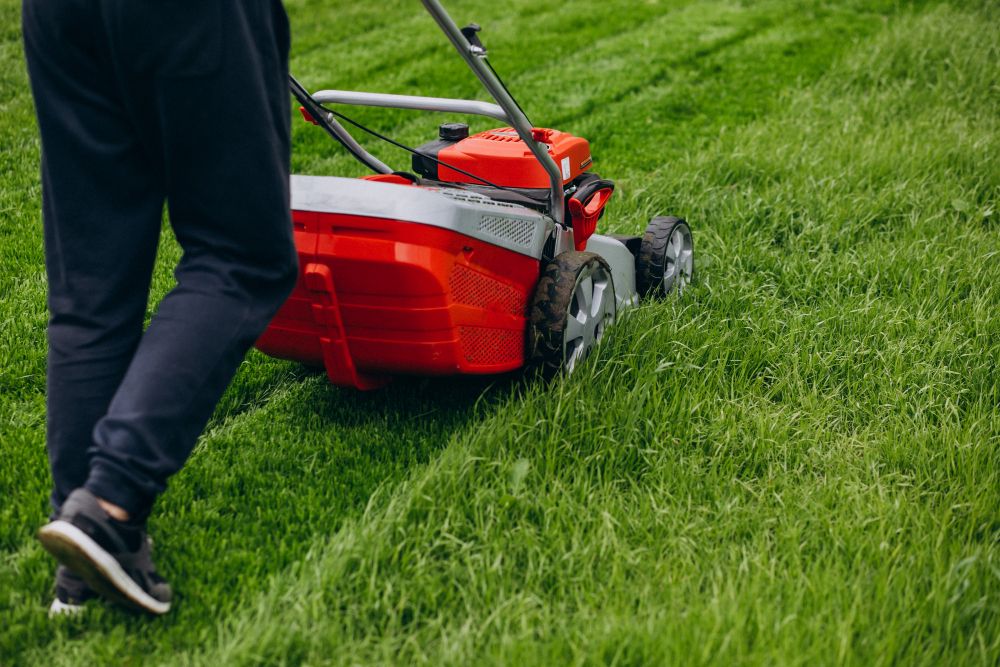
How often lawn mowing is needed to keep the grass healthy?
Understanding how often lawn mowing is necessary can transform your yard into a lush, green oasis. This guide provides expert insights on maintaining a healthy lawn, including tips on yard leveling and preventing yellowing grass. It also recommends essential tools and products to ensure your lawn stays vibrant throughout the year.
By Md Monirul Islam
Published: Nov 8, 2024

Premier Lawn care & Landscaping Services Company in the USA
Discover the best resource available for American landscaping services. Discover many landscaping choices and their advantages, and then find a state-by-state list of best-rated landscaping companies to enhance your outside areas.
By Zakir Hossain
Published: Dec 2, 2024
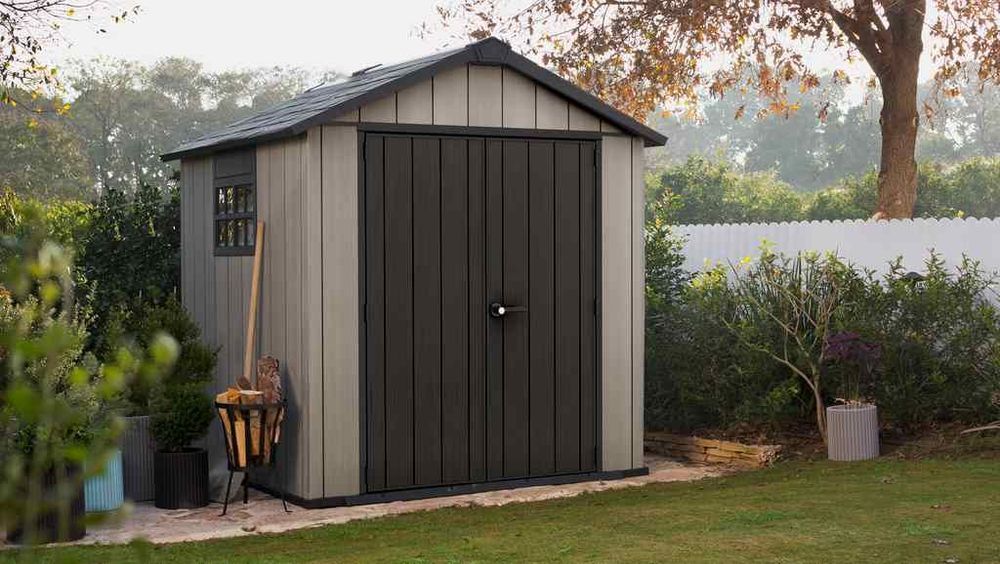
Top Outdoor Sheds and Storage for Organized Yards
Investing in outdoor storage solutions like sheds and cabinets helps declutter and protect items from the elements. Top recommendations include the Waterproof Outdoor Storage Box, Large Deck Box, Outdoor Resin Storage Shed with Floor, and Garage Organizers. Choose based on space needs, durability, setup ease, and reviews to maximize your outdoor space efficiently.
By Md Monirul Islam
Published: Nov 4, 2024

Outdoor Decor and Garden Decor for Beautiful Outdoor Spaces
Transform your outdoor space with stunning outdoor decor and garden decor. Explore creative ideas to enhance your patio, garden, or backyard with elegant furnishings and accessories.
By Md Monirul Islam
Published: Nov 8, 2024

Comprehensive Guide to Pest Control and Rodent Control: Tips and Products
Discover effective solutions for pest control and rodent control, including natural remedies and cost-effective options for your lawn. Learn about DIY and professional methods for managing pests indoors and outdoors.
By Md Monirul Islam
Published: Nov 8, 2024
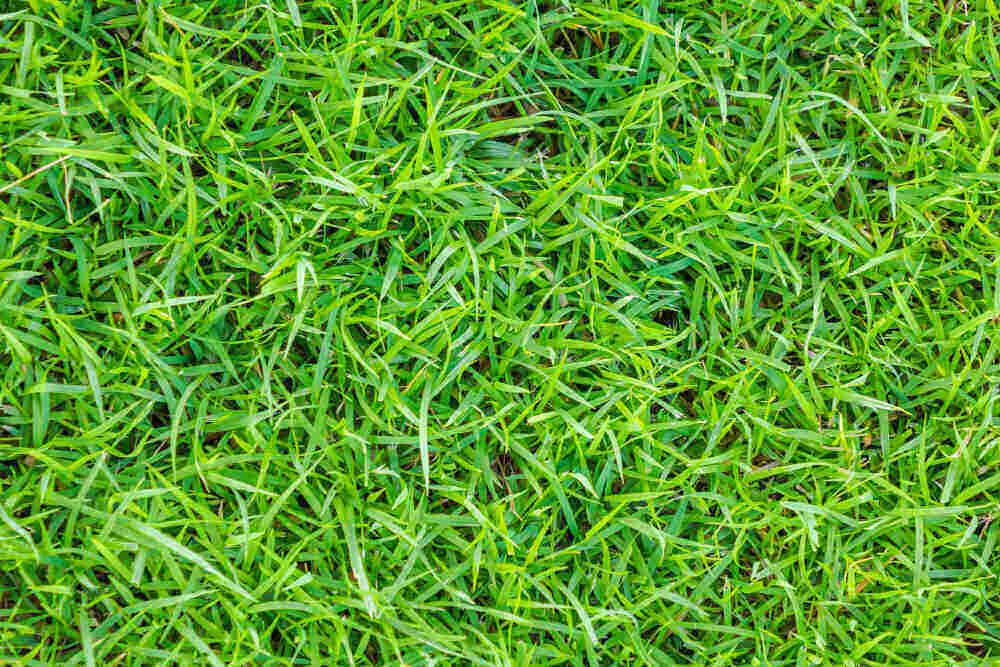
Zoysia Grass Lawn: A Green, Low-Maintenance Solution
Zoysia grass is the ideal choice for beautifying your lawn. This blog provides tips and guidance on how to achieve a lush, green, and low-maintenance lawn with Zoysia, transforming your outdoor space effortlessly.
By Md Monirul Islam
Published: Nov 20, 2024
